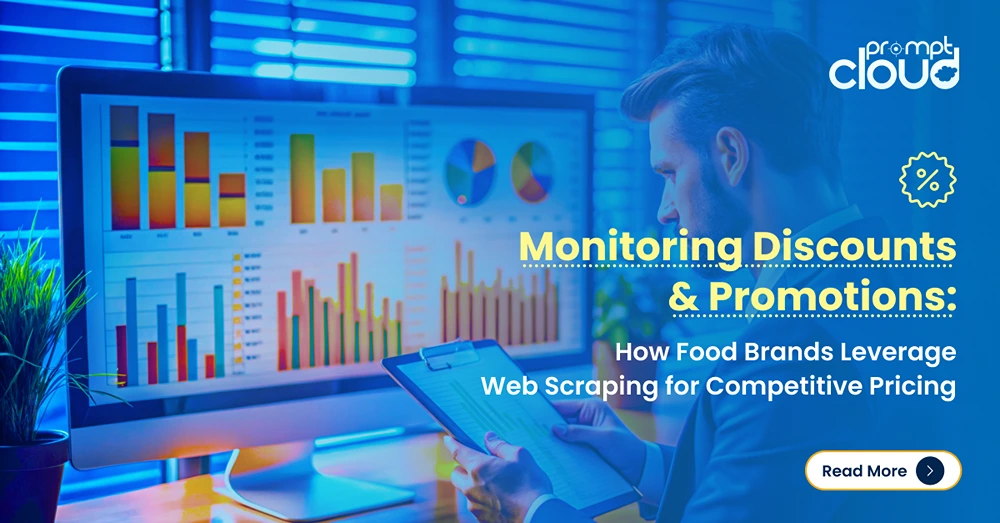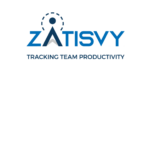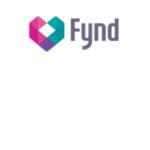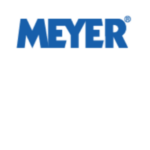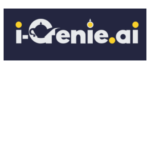
Managing a Direct-to-Consumer (DTC) brand entails more than just selling products. It involves knowing exactly what customers need and how to track market changes while keeping competition in check. In an aim to sustain profitability and growth with a competitive price, how then do DTC brands stay ahead in notoriously unpredictable markets?
Brands now using the latest technology have the answer—price trend analysis powered by web scraping. DTC brands have the option to make more informed decisions based on real-time data concerning pricing, market demands, and competitor movements instead of relying on superficial guesswork. This comprehensive approach enables brands to manage pricing, anticipate trends, and improve overall business strategies.
How are you supposed to know if the marked price for your best-selling item is within the competitive range? Now imagine that there’s a competition, and they decide to slash prices or introduce them at a discount. Without an auxiliary service for trend analysis data mining, responsive courses of action become the only alternative.
This article looks at how scraping is used by DTCs to track and analyze trends in order to make data-backed decisions that improve sales and profits. So, lets do this and dive in.
What is Price Trend Analysis in E-commerce?
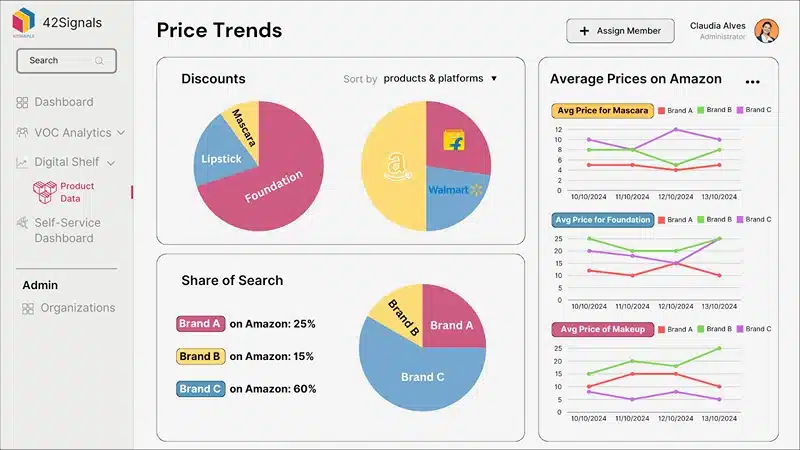
Image Source: 42Signals
It is the monitoring and analysis of pricing patterns over time that is known as price trend analysis. This analysis helps businesses comprehend shifts in the market, consumer behavior, and competitive pricing. For DTC brands, this analysis is especially important due to the fact that pricing impacts brand perception and, subsequently, sales and profits.
When performing trend analysis, e-commerce brands do not limit analysis to just competitor price tracking. They also include:
- Consumer demand trends – Recognition of products that are increasing or decreasing in demand.
- Seasonal pricing changes – Changes in prices that occur during holidays, sales periods, or other times of the year.
- Discount patterns – Offering discounts to enhance customer engagement.
- Geographical pricing differences – Pricing is offered in different areas for the same product for global pricing optimization.
With data mining tools, DTC brands can utilize trend analysis to make informed decisions that increase sales, improve profit margins, and enhance profitability.
The Role of Web Scraping in Trend Analysis Data Mining
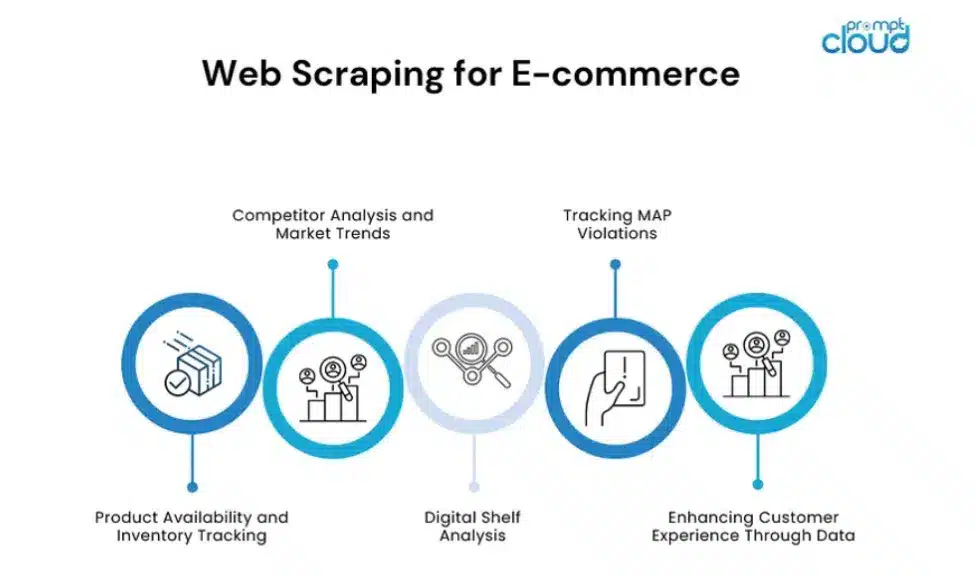
Web scraping is an invaluable resource for companies seeking to capture huge amounts of publicly available information on websites. It helps in price trend analysis because DTC brands are able to capture and analyze a plethora of prices and trends instantaneously.
The following explains how web scraping assists with analyzing DTC brand trends:
1. Automated Data Collection
Web scraping eliminates the need for DTC brands or other companies to manually track competitor prices or note product trends. A web scraper can automatically sift through thousands of product reviews, competitor websites, and product listings to obtain valuable information.
2. Real-Time Market Insights
DTC brands and businesses, in a highly competitive environment, cannot afford to have old data. Businesses can make better and timely informed decisions if their data is current and relevant. With web scraping, DTC brands stay informed and, in turn, are able to respond to market changes in a timely fashion.
3. Competitive Benchmarking
DTC brands can track how competitors price their items, what discounts are being assigned, and what new products are being introduced. This helps them know what their competitors are doing, and with the use of web scrapers, they can adjust their pricing systematically.
4. Identifying Emerging Trends
Through social media, customer reviews, and online marketplaces, customers’ emerging trends can be identified and tracked across platforms. Businesses can use this information to stock the right products and plan their marketing campaigns.
For modern e-commerce businesses, web scraping enables effective trend analysis data mining and aids in emerging business trends analytics.
How DTC Brands Use Web Scraping for Price Trend Analysis
DTC brands employ web scraping in multiple ways to optimize business operations and gain a competitive advantage. Here’s an overview of how they perform data analysis to enhance product and pricing decisions:
1. Tracking Competitor Pricing Strategies
Pricing is one of the most critical factors when it comes to making purchasing decisions from e-commerce stores. With web scraping, DTC brands can accurately track competitors’ prices, which helps brands understand their standing within the market.
For instance, DTC skincare brands can keep track of the prices set by competitive brands for similar products. If competitors are reducing the cost of products as a part of some marketing campaign, the brand can make a decision whether to lower the price as well or alternatively provide value adds like free shipping or product bundles.
2. Analyzing Historical Pricing Trends
Examining historical pricing data is key to making educated estimates of a business’s and/or its competitors’ market performance. Web scraping allows DTC businesses to collect historical price data associated with competitors on e-commerce sites, enabling brands to study seasonal sales volatility, demand-driven price changes, and price changes.
As an example, a DTC fashion brand can optimize inventory and promotional strategies if it knows that winter jackets are sold at a higher price in November compared to January.
3. Optimizing Dynamic Pricing Strategies
Many businesses operate under a dynamic pricing mechanism as it allows them to set prices that can shift as a function of demand, market conditions, and competition. Through data mining trend analysis, DTC brands can program these price shifts to happen automatically based on the calculated optimal profit margins.
For example, a DTC electronics brand can scrape the webpages of competitors and automatically adjust its prices accordingly. While competitors may raise prices over a product due to increased demand, the brand can slightly lower its price to gain a larger customer base while still enjoying profit margins.
4. Understanding Consumer Behavior Through Reviews and Ratings
Other than monitoring prices, web scraping enables brands to understand customer sentiment by extracting reviews and ratings from online marketplaces and social media. Through this knowledge, brands can enhance the precision of their product development and marketing strategies.
For example, a DTC brand can leverage its marketing if it knows consumers complain more often about the comparatively poor durability of a rival’s product..
5. Monitoring Product Availability and Stock Levels
DTC brands also employ web scraping methods to monitor the stock levels of rival products. When a competitor goes out of stock on a highly searched item, a DTC brand can escalate marketing expenditure and modify its prices to win those customers.
For instance, a DTC footwear brand could scrape stock data from competitor brands’ websites. If a competing brand is out of stock in their bestselling sneakers, the DTC footwear brand can increase ad spending on their stock in order to maximize sales.
Challenges in Using Web Scraping for Price Trend Analysis
While web scraping provides valuable insights, DTC brands face certain challenges in implementing it effectively.
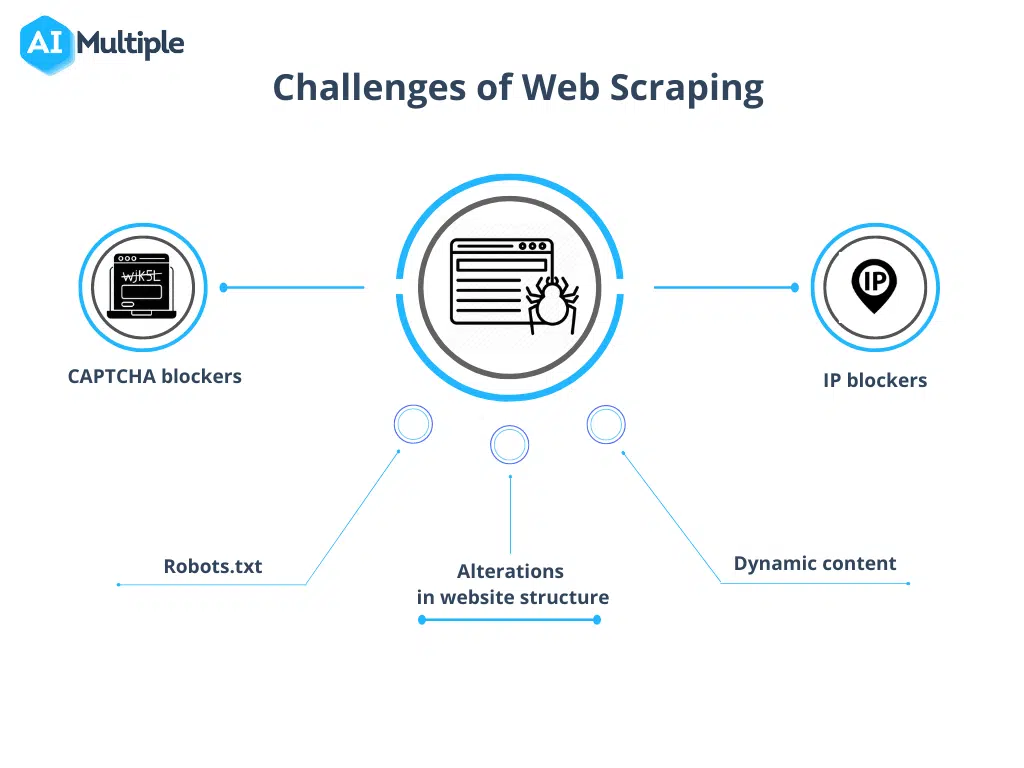
Image Source: AIMultiple
1. Website Restrictions and Anti-Scraping Measures
There are many e-commerce sites that have systems configured to block automated data collection. DTC brands run the risk of being blocked if they do not engage in ethical scraping practices, such as rotating IP addresses or abiding by robots.txt.
2. Managing Large Data Volumes
There is a need to have adequate tools to store and process the data collected from web scraping, as it results in a lot of data. Investing in trend analysis data mining will enable these companies to filter relevant data from raw data.
3. Ensuring Data Accuracy and Quality
Some DTC brands do not rely on all forms of scraped data. They have to routinely check and scrub their datasets for missing or incorrect data. Improving data accuracy can be accomplished with the use of machine learning and AI tools.
The Future of Trend Data Analysis for DTC Brands
Price trend analysis will undoubtedly be more important in DTC brand strategies as e-commerce continues to expand. Data capture and analysis will be even more effective with new technologies like AI and machine learning, which will improve web scraping automation.
Brands will also gain more reliable and coherent structured data with the growing popularity of API based data provision from e-commerce platforms. DTC brands adopting these technologies will enjoy greater market advantages in pricing, product positioning, and overall competitiveness in the marketplace.
Why Web Scraping is Essential for DTC Success
In the current e-commerce landscape, price trend analysis is more than a competitive edge, rather, it is a requirement. DTC brands need to employ web scraping and trend analysis data-mining techniques to earn a competitive advantage through informed pricing decisions, inventory management, and edging out competitors.
Investments in tools and strategies to analyze trend data enables DTC brands not only to respond to market changes but also to anticipate and take advantage of emerging opportunities. From monitoring competitor price changes to analyzing past trends and even improving dynamic pricing, web scraping holds the key to the information that modern DTC brands need to excel.Are you interested in helping your DTC brand get actionable insights into market trends with the help of PromptCloud’s web scraping solutions? Schedule a demo with us today!












